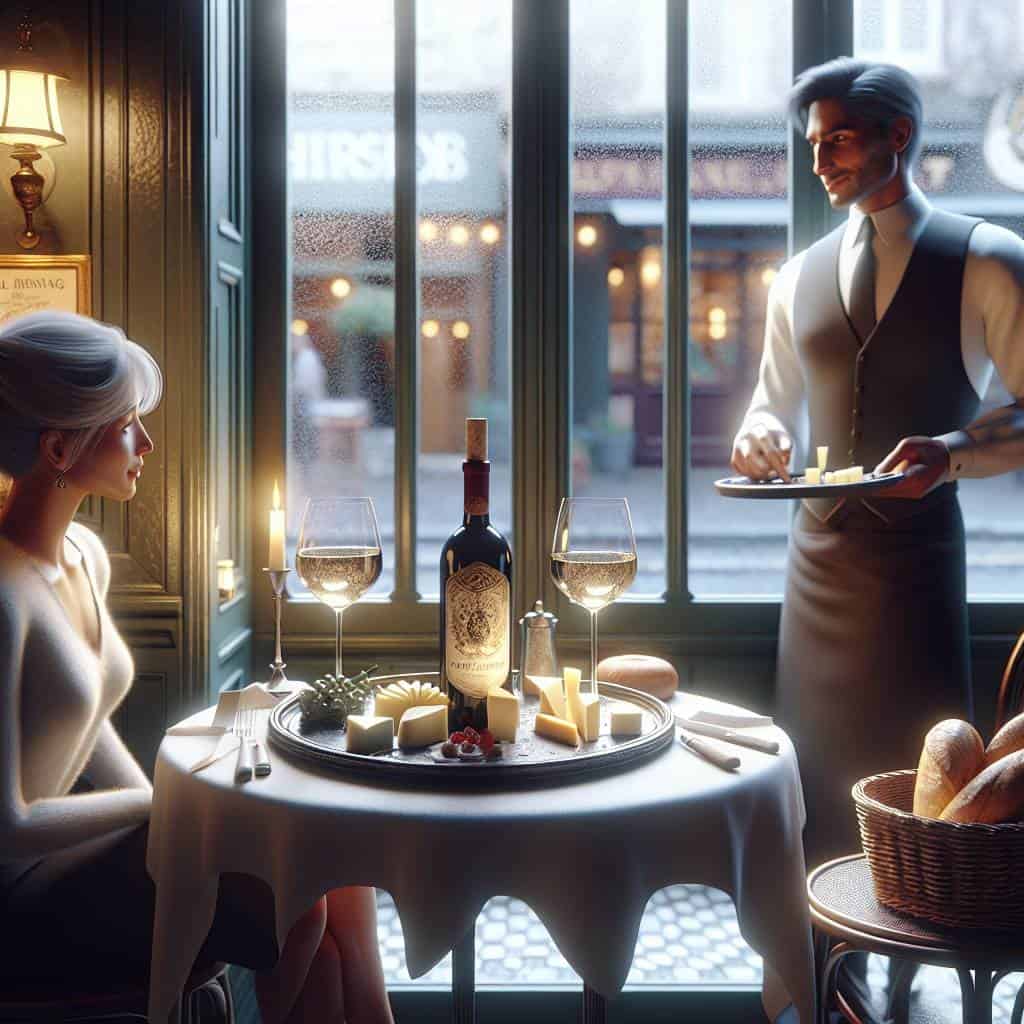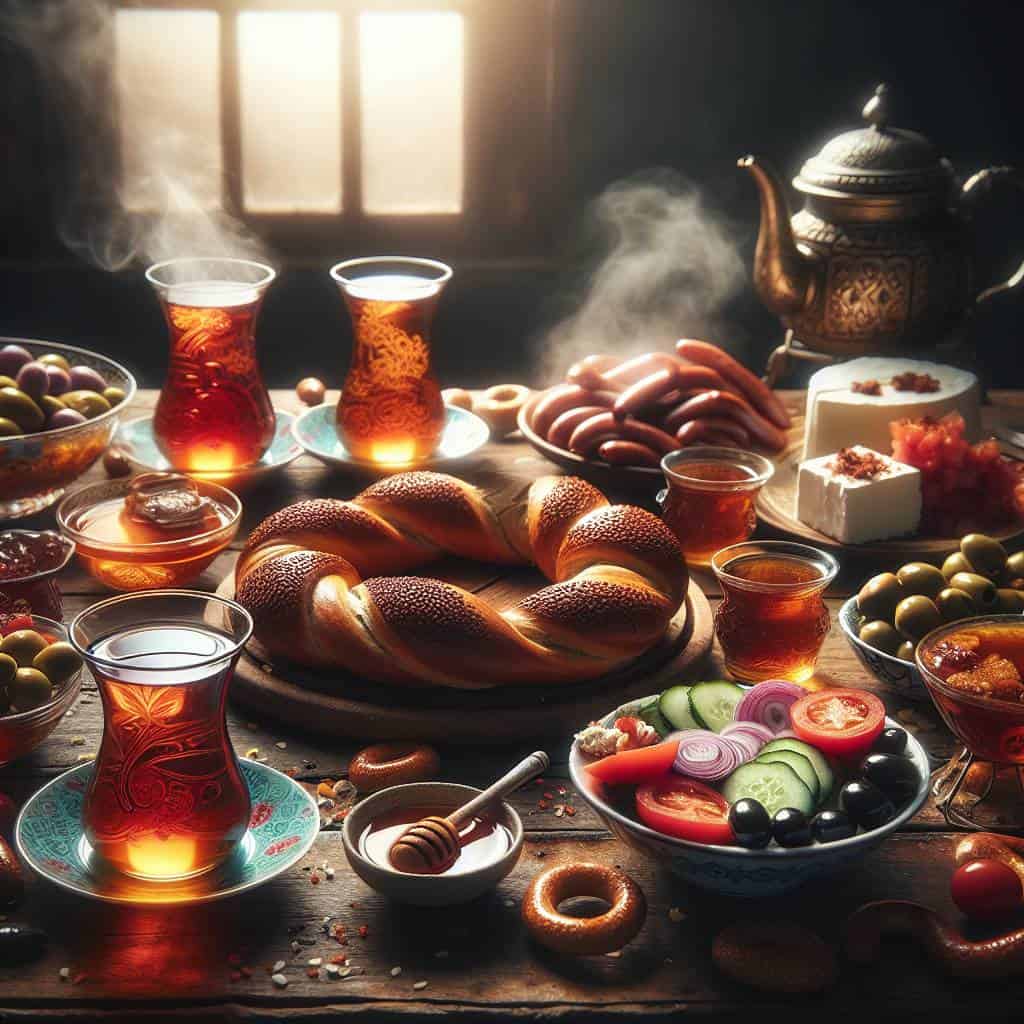I remember my first encounter with French wine like it was yesterday—an overhyped bottle at a pretentious little bistro, where the waiter’s raised eyebrow was as sharp as the cheese knife. I was a wide-eyed fool, convinced that deciphering the foreign squiggles on the label would somehow unlock the secrets of the universe. Instead, I got a headache and a bill that left a sour taste more memorable than the wine itself. It was a crash course in the art of French wine, where mystique often trumps taste, and the uninitiated are left floundering in a sea of snobbery and tannins.

But here’s the thing: I’m not here to romanticize the ritual or glorify the grape. This isn’t about embracing complexity for the sake of it—this is about arming you with enough know-how to hold your own against the wine elite. We’ll dive into the major regions and grape varieties, unravel the cryptic labels, and maybe even pair a bottle with something other than overpriced cheese. By the end, you’ll be able to navigate this world with confidence, not because you know every nuance, but because you’ve learned to cut through the nonsense and appreciate the wine for what it really is: fermented grape juice with a side of history.
Table of Contents
Reading French Wine Labels: A Guide for Those Who Still Can’t Pair Socks
Let’s face it: French wine labels are the cryptic crossword puzzles of the beverage world. They’re filled with terms that sound like they belong in a poetry slam rather than a wine shop. But fear not, my fellow sock-mismatcher, for I’m here to decode these labels so you can impress your friends without needing to bluff your way through a conversation about terroir.
First, let’s tackle the geography. French wine is all about location, location, location. You’re not just choosing a wine; you’re selecting a piece of land, a slice of climate, and a dollop of tradition. The label will often boast the region—Bordeaux, Burgundy, Champagne. These names aren’t just for show; they dictate what grapes are allowed and how they’re treated. Think of it like this: Bordeaux is the stern professor of Cabernet Sauvignon and Merlot, while Burgundy is the artsy, Pinot Noir-obsessed cousin.
Now, on to the specifics. The label will likely feature the vintage year—essentially, the wine’s birthdate—and a whole suite of terms that might as well be in another language. Oh wait, they are. But here’s the cheat sheet: “Appellation d’Origine Contrôlée” (AOC) is like a quality stamp, ensuring the wine adheres to strict standards. And if you see “Grand Cru” or “Premier Cru,” you can bet you’re dealing with the upper echelons of French viticulture. So next time you pick up a bottle, remember: you’re not just buying wine; you’re collecting stories from the French countryside. And if you still have trouble pairing socks, at least now you’ll have a good excuse.
Decoding the Vine
French wine for the uninitiated is like a novel in an unfamiliar tongue—each label a cryptic clue, each region a plot twist, and every sip an attempt to unravel the mystery of pairing madness.
The Uncorked Path
Wandering through the labyrinth of French wine, I’ve learned more about myself than I ever did about tannins or terroir. Each bottle is like a dusty tome from an ancient library, filled with stories of sun-drenched vineyards and the stubborn hands that tend them. But, let’s be honest, I’ve stumbled as much as I’ve sipped. Navigating this intricate dance of major regions and grape varieties, I’ve felt like an outsider trying to crash an exclusive party. Yet, that’s the thrill of it, isn’t it? Each misstep is a chance to discover something unexpected—a forgotten region or a label that tells a tale more fascinating than any sommelier’s spiel.
In the end, French wine isn’t so much about mastering the art of pairing or becoming a connoisseur. It’s about embracing the chaos of it all—the snobbery, the mystique, the sheer unpredictability. I’ve come to realize that the true value lies not in the perfect sip, but in the journey itself. The moments shared over a glass, the debates sparked by a label’s cryptic clues, and the humble admission that sometimes, you just like what you like. So, here’s to the imperfect adventure. To the bottles yet to be uncorked and the stories waiting to be told. Santé.


